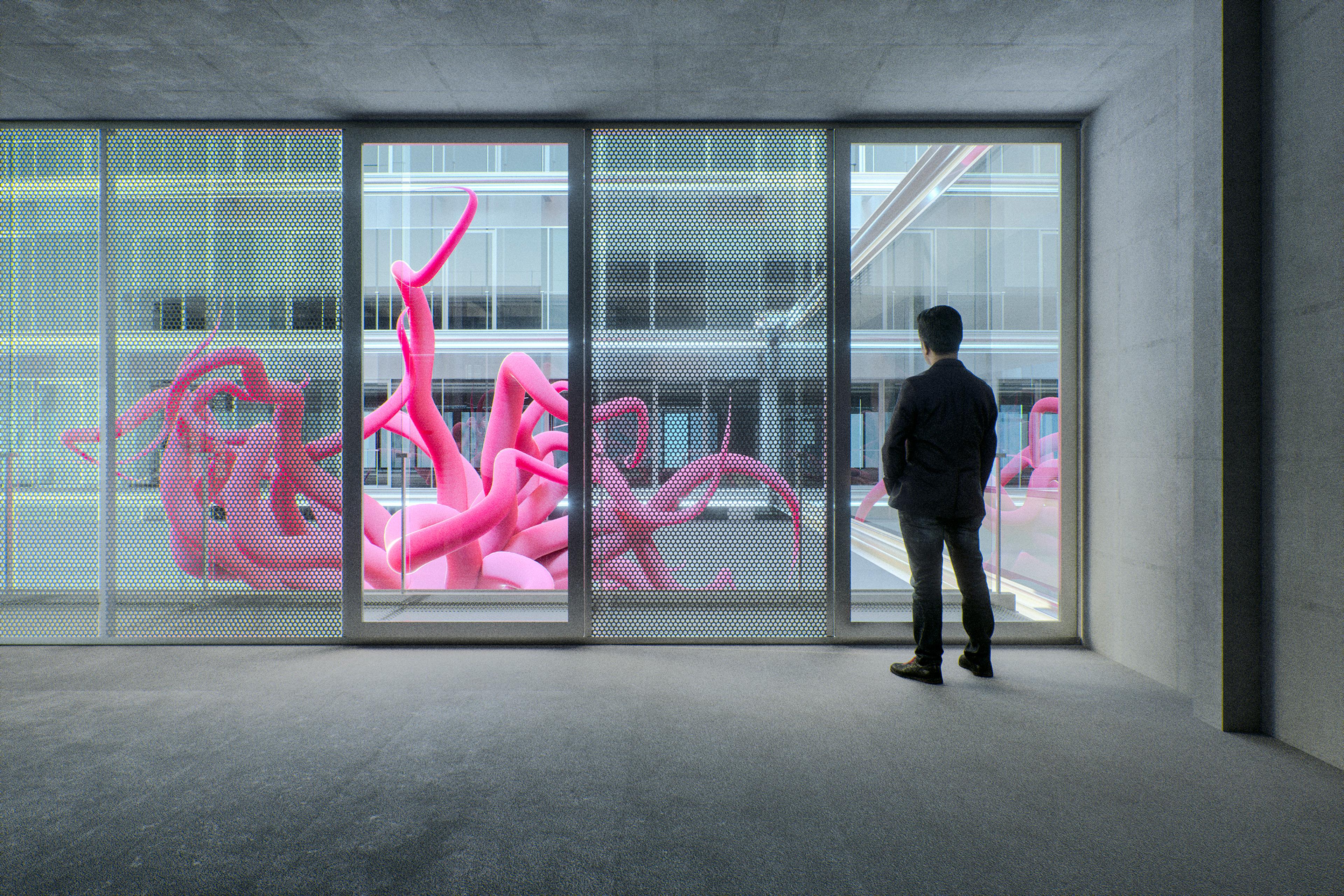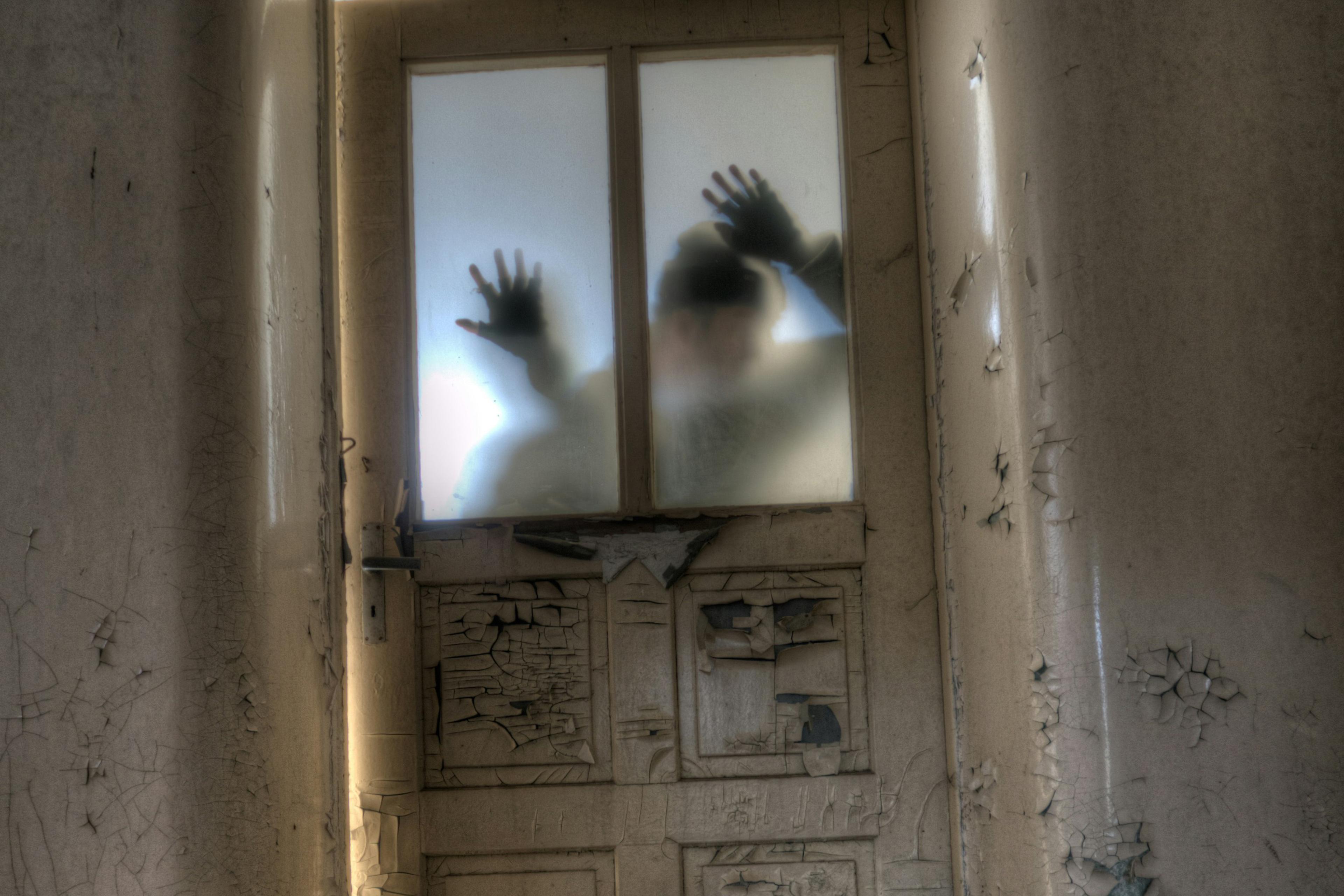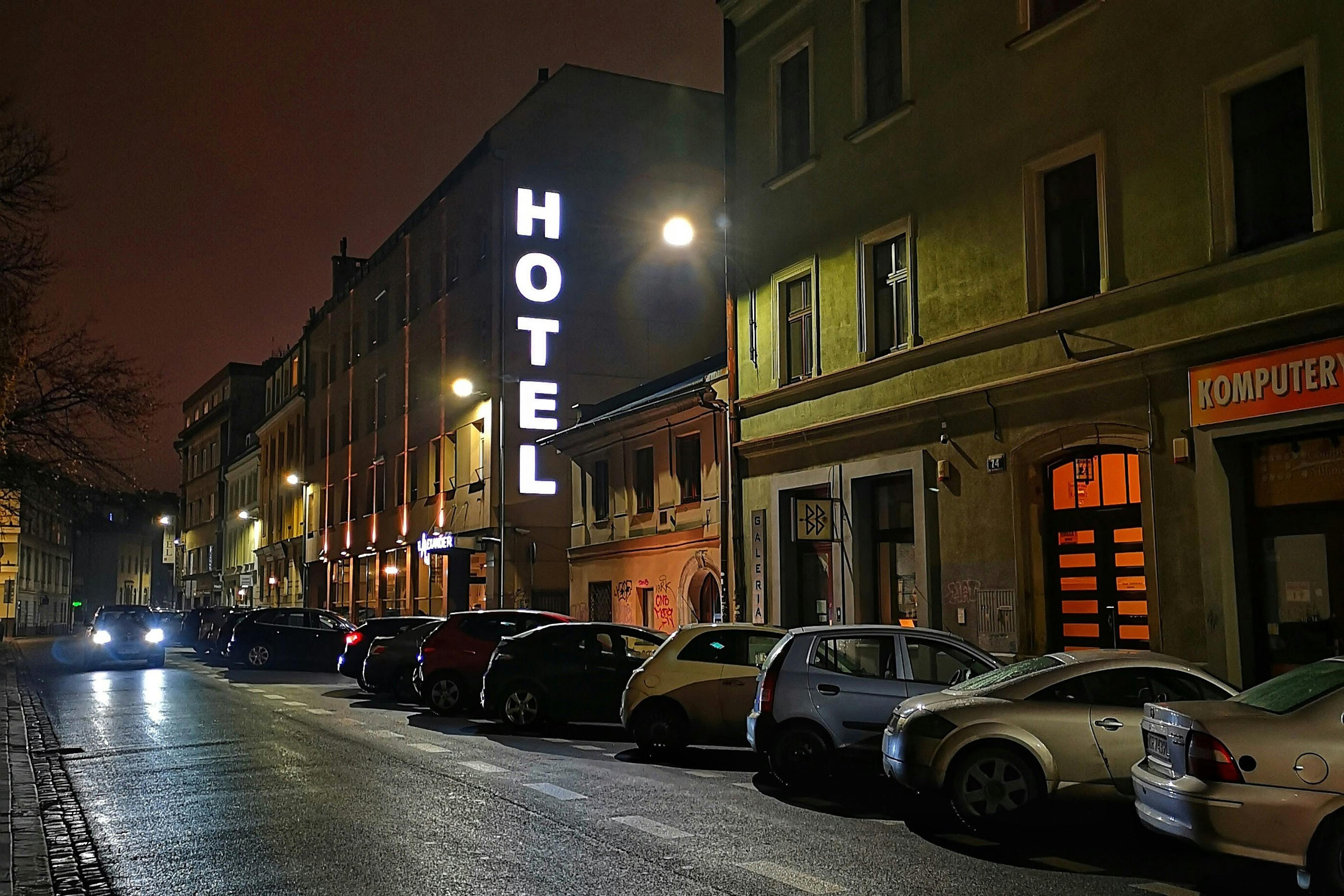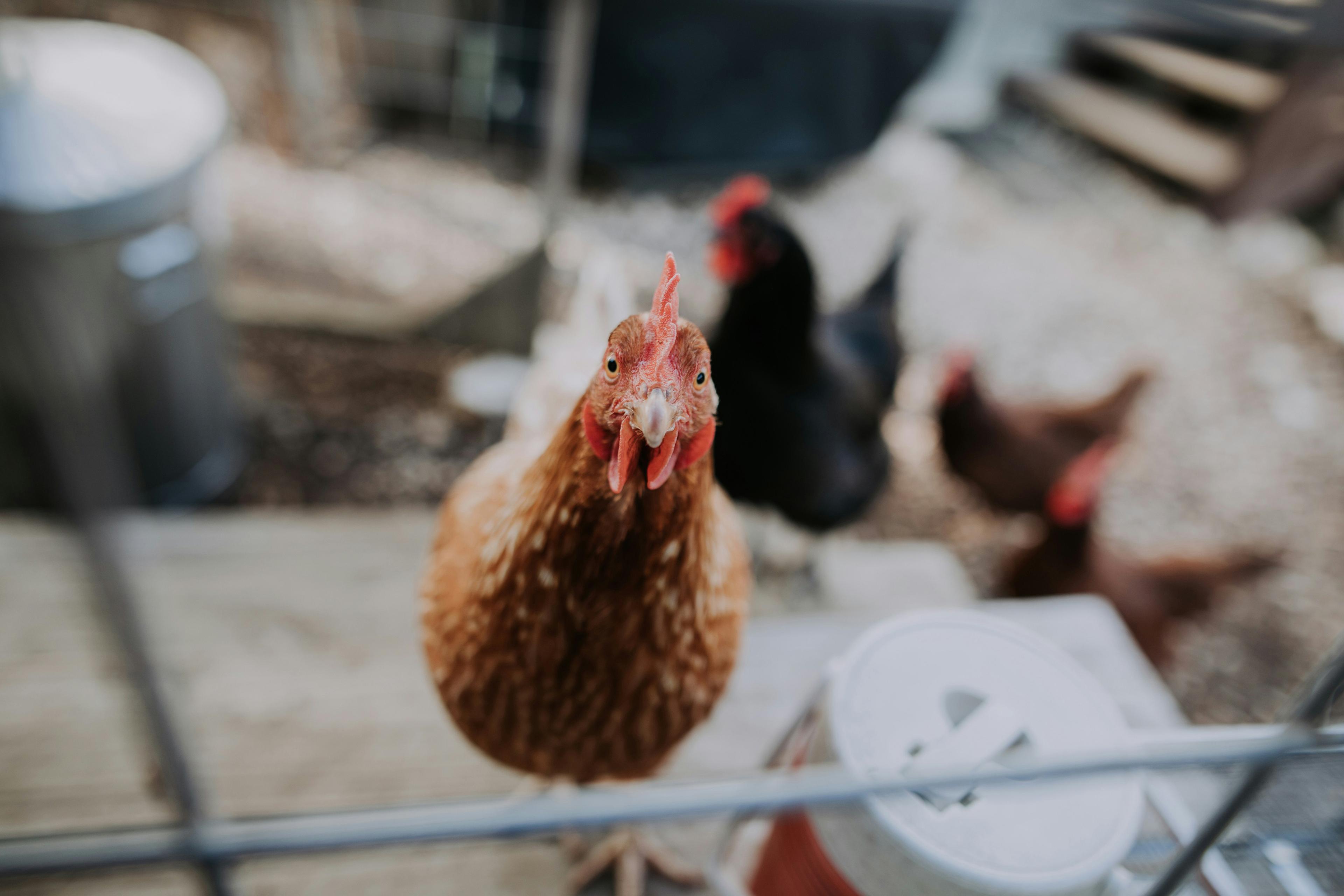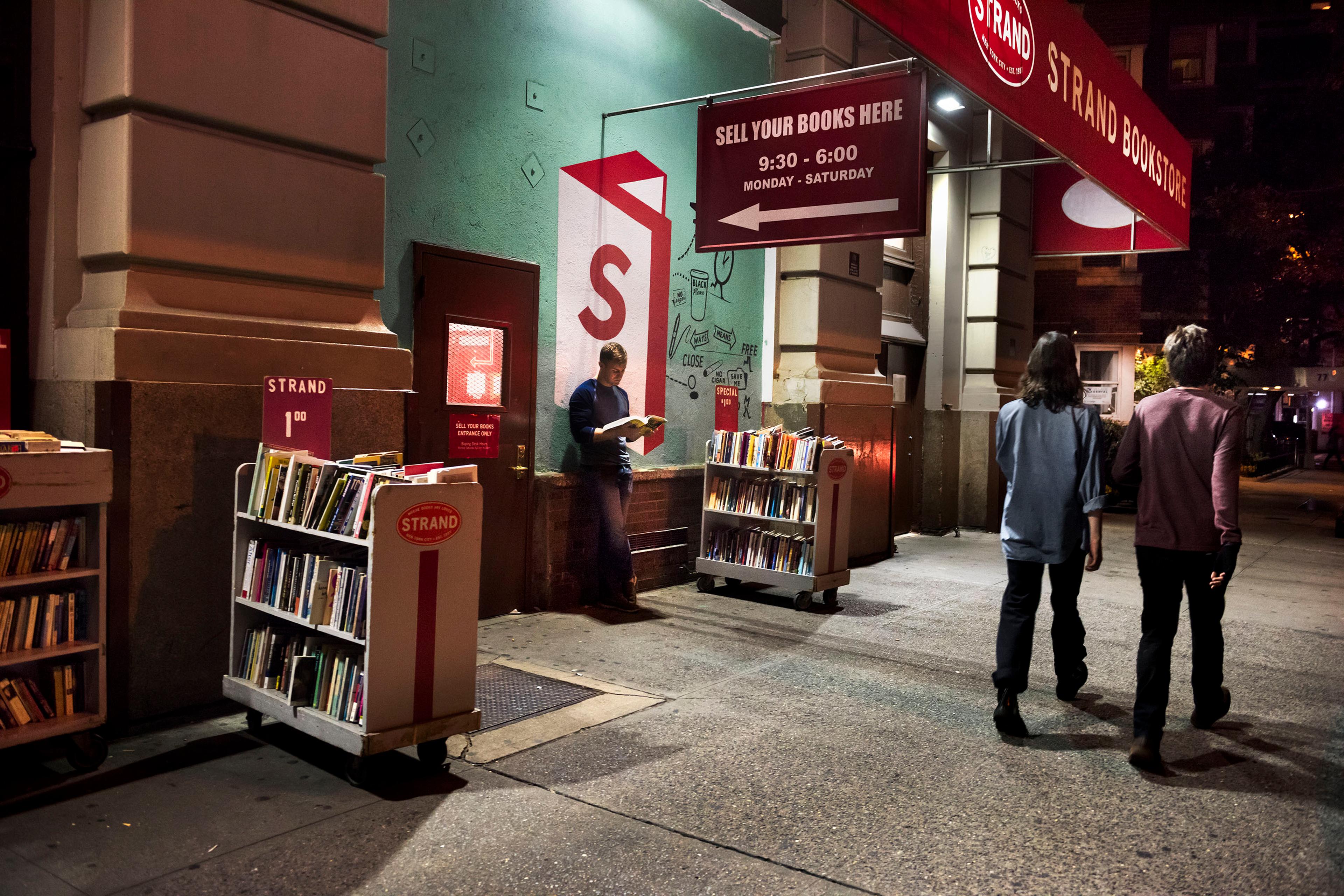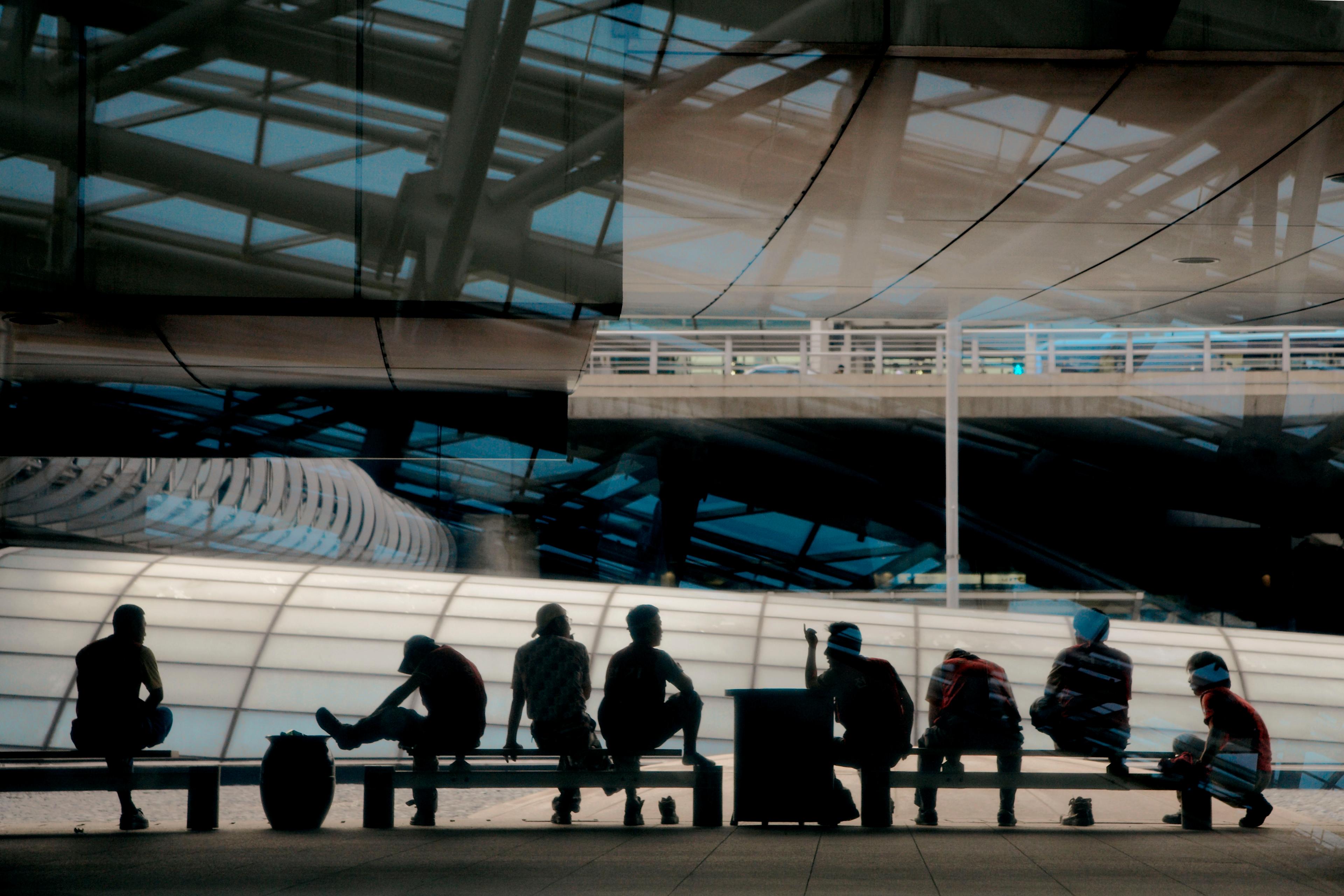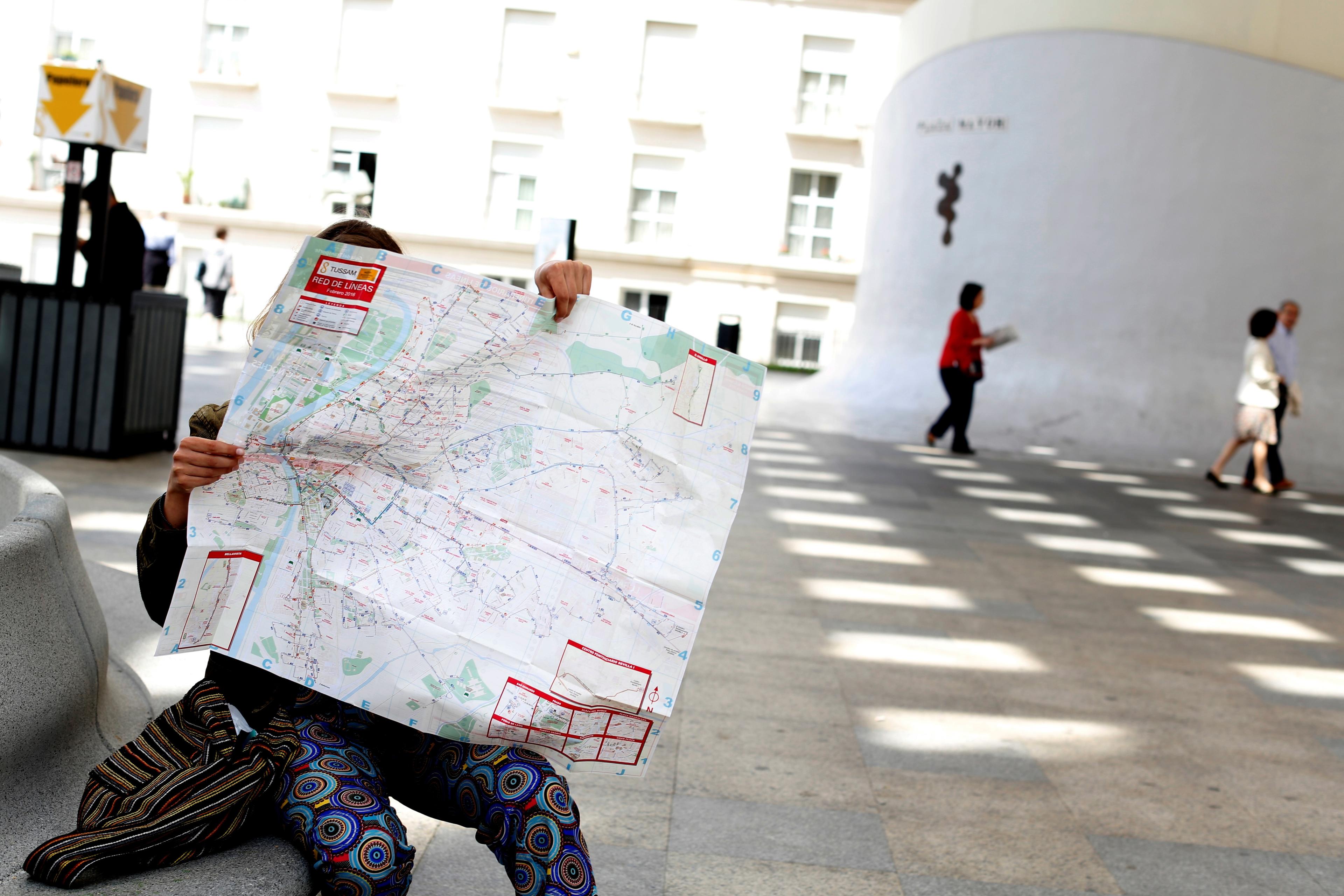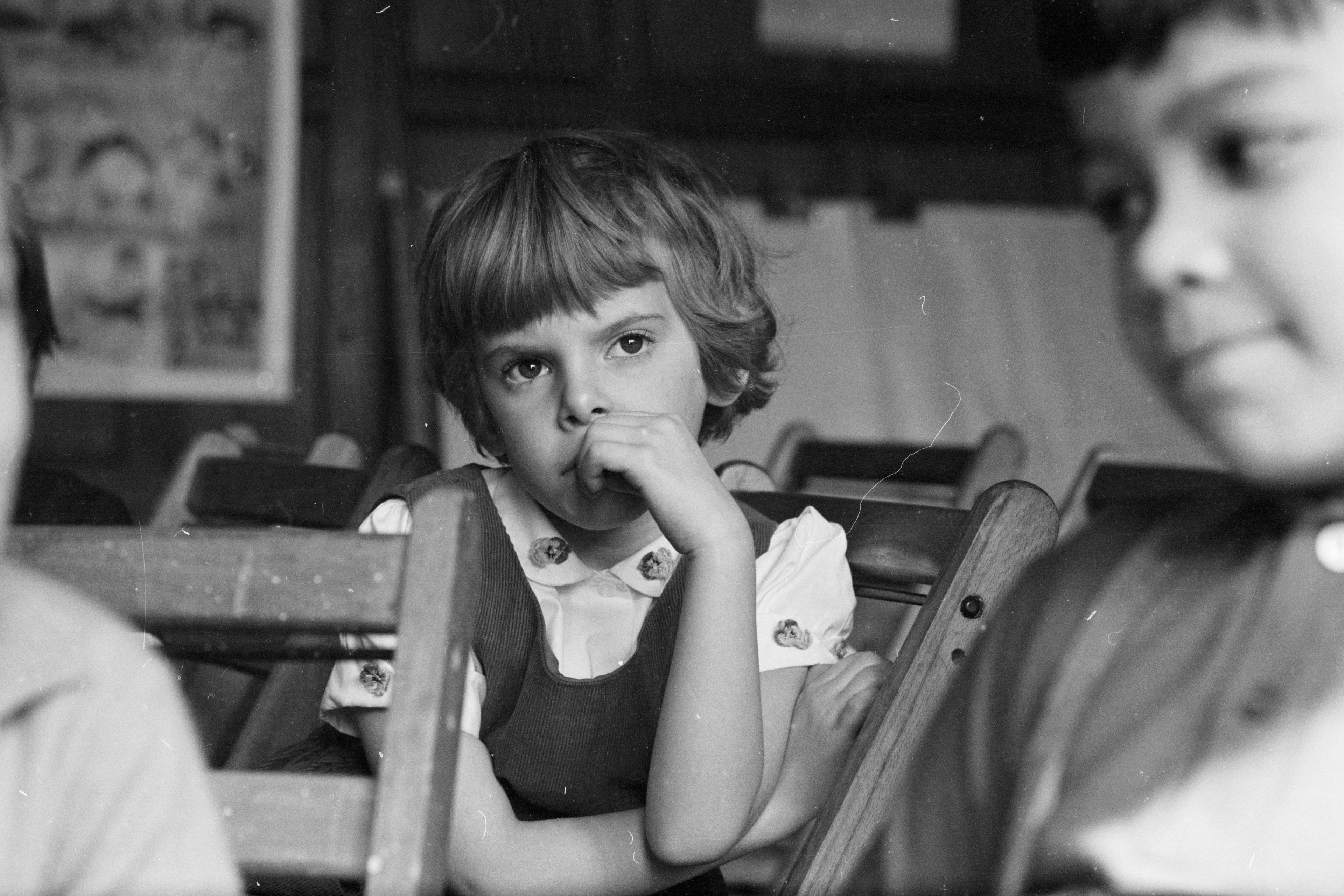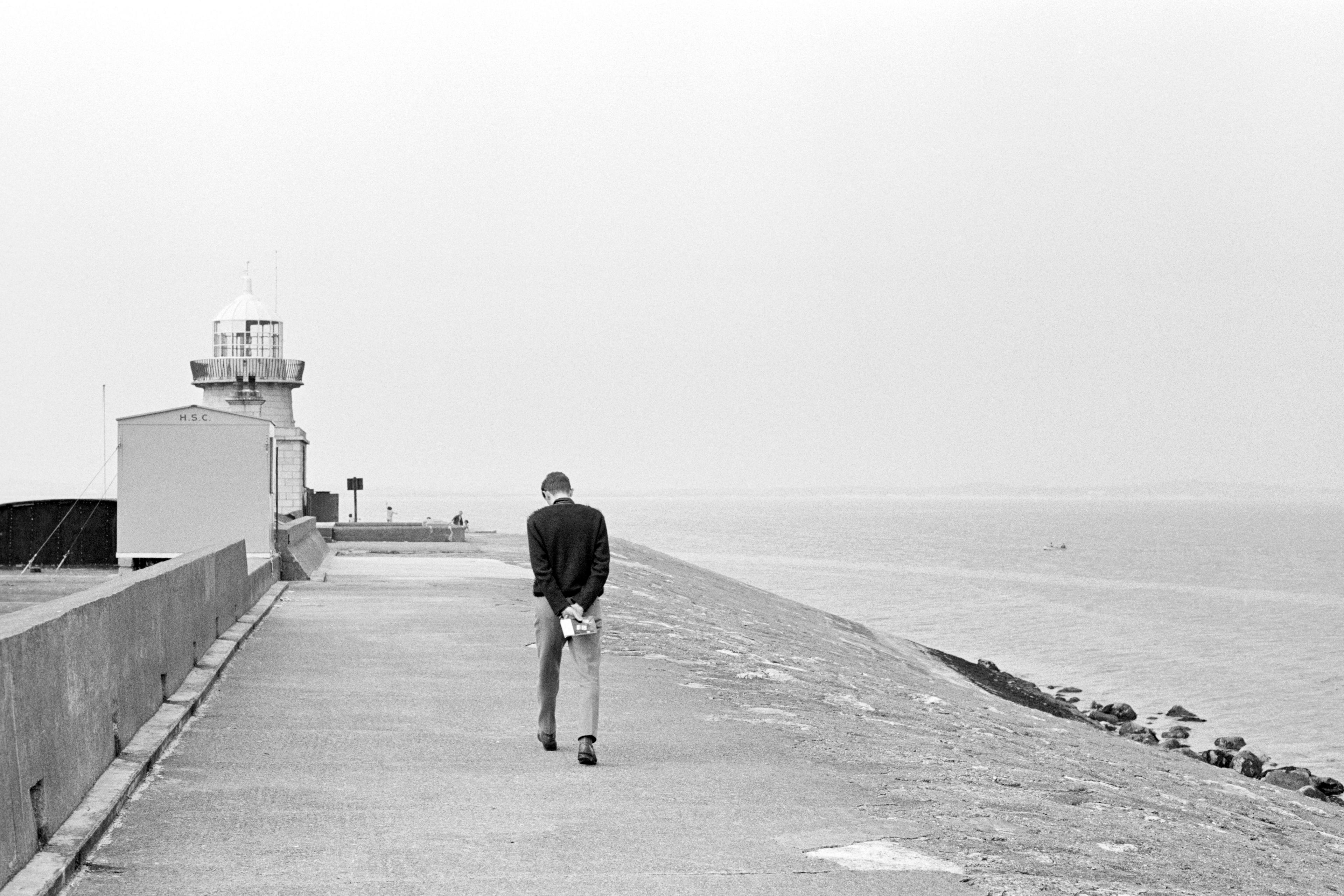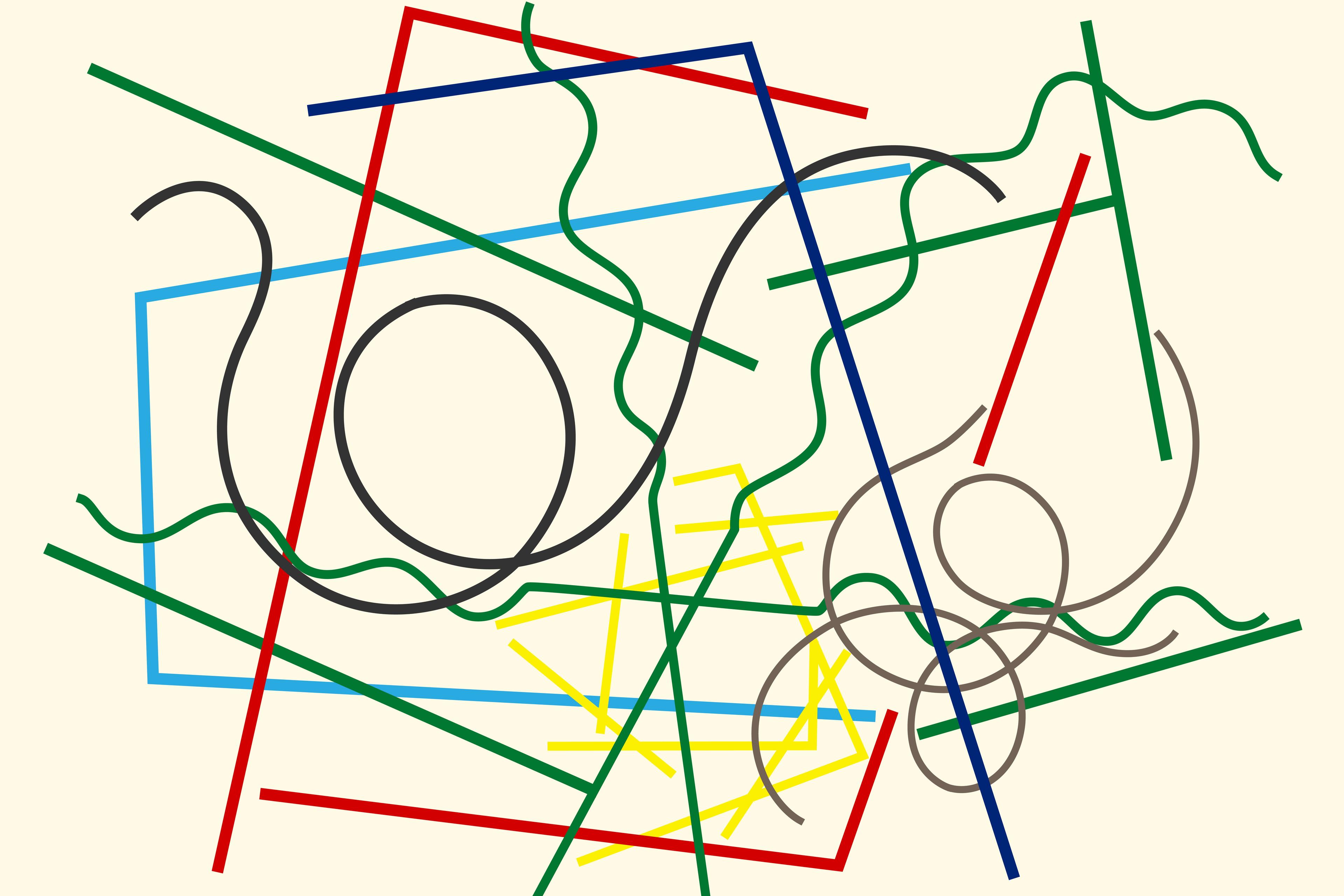Is there more than one kind of curiosity? I found myself reflecting on this after reading a recent study about different curiosity styles. An analysis of 483,000 Wikipedia users found that people pursue their curiosity in three ways. Some browse articles as ‘hunters’, targeting ‘specific answers in a projectile path’, and their interests are more likely to be in science and technology. Others are nomadic ‘busybodies’, who explore more, building broad, loose networks of knowledge; they gravitate toward arts, culture and the humanities.
A third group are the ‘dancers’ – a little harder to define, they tend to leap ‘in creative breaks with tradition across typically siloed areas of knowledge’, taking an unstructured and inventive approach to information-seeking, across radically different subjects.
This made me wonder what kind of curious I am. When I’m reporting as a science journalist, I tend to adopt the ‘hunter’ style. This helps me meet deadlines, but am I missing out on the serendipity of discovering knowledge like the busybody or the dancer? I’d like to believe I’m curious about the world, but realising that other people’s curiosity might be more nomadic or creative gives me pause.
Another downside to the hunter style is that it’s associated with what’s called ‘deprivation curiosity’. This is the desire to banish the discomforts of uncertainty and lack of knowledge. It can lead people to accept easy answers or false facts. It also correlates with overconfidence in one’s worldview, and lower wellbeing. I hope I’m not motivated by deprivation curiosity when I’m hunting knowledge, but I can’t guarantee that’s always true.
The psychologist William James described curiosity as ‘the impulse towards better cognition’. If I take his words and the Wikipedia study to heart, perhaps I ought to be more curious about my curiosity.
